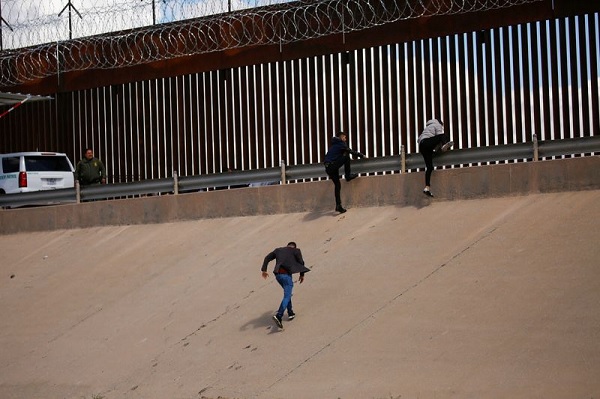
CIUDAD JUAREZ, CHIHUAHUA.- After a months-long humanitarian crisis at the border, migration patterns have shifted and the number of migrants arriving has declined dramatically. What’s going on?
Asylum-seekers and other migrants were arriving at the U.S.-Mexico border by the tens of thousands for months. Since the end of Title 42 expulsions on May 12, the Biden administration has implemented a series of new border policies that include new lawful pathways for asylum-seekers and significant new restrictions on asylum eligibility, along with stiff consequences for migrants who cross the U.S. border illegally or who don’t have a valid claim to stay.
Here’s a look at how national policies and global conditions are affecting migration trends in El Paso, the Texas border, and states beyond the Borderland.
El Paso sees slowdown in migrant arrivals
The Biden administration touted new statistics this week showing unlawful entries between ports of entry at the Southwest border dropped 70% since May 11.
The administration didn’t provide the total number of migrants encountered during the period but said U.S. Customs and Border Protection registered a daily average of 3,700 “unscheduled encounters” since that date, borderwide.
At the height of the humanitarian crisis in May, the Border Patrol’s El Paso Sector alone reached a daily average of more than 2,000 encounters per day. Daily migrant encounters in the El Paso Sector have trended below 800 since mid-May, according to the city’s online dashboard.
Shelters in El Paso still are hosting asylum-seekers and other migrants.
But the streets around Sacred Heart Church, 602 S Oregon St., which were teeming with hundreds of migrants camped in homeless conditions, are now largely empty of the cardboard beds and lean-tos that occupied the blocks for weeks before the pandemic Title 42 policy restrictions ended.
Source: Diario.MX





